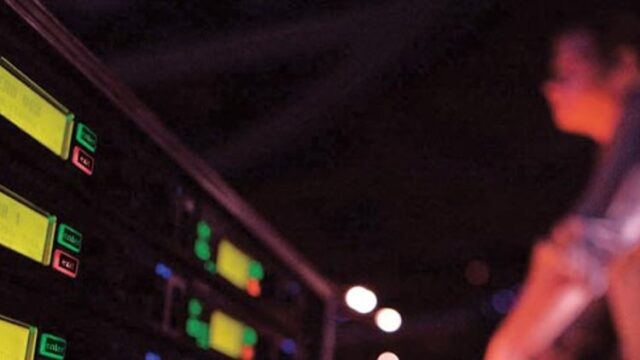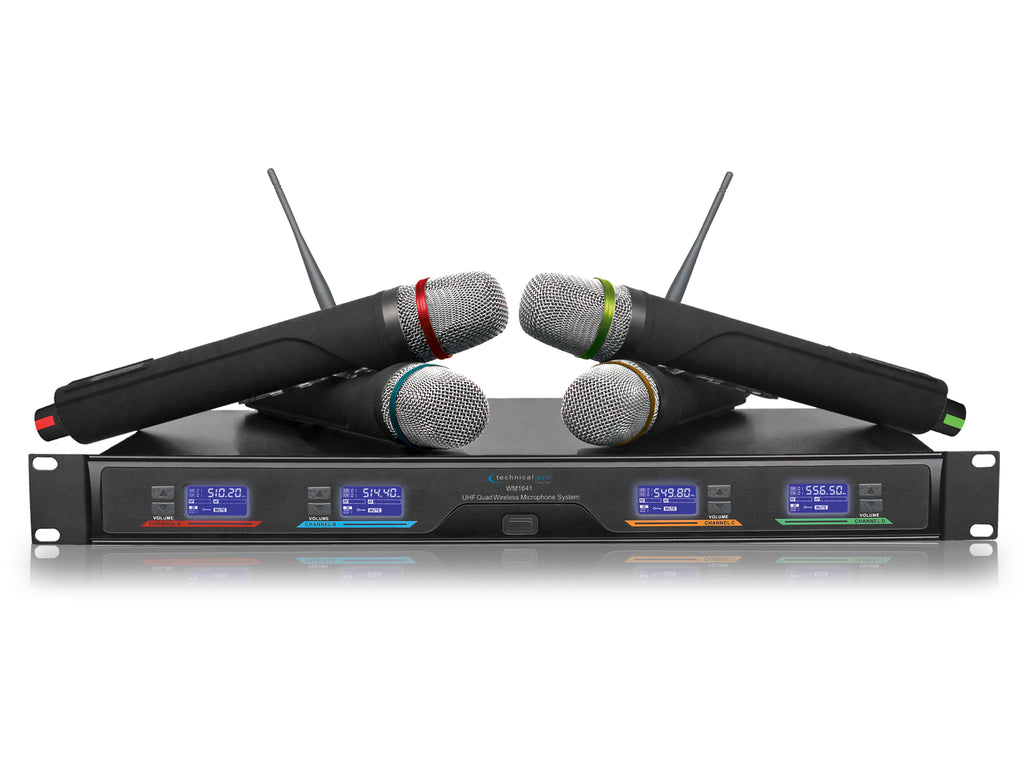It doesn’t matter if you are a performer, public speaker, or interviewer. Your mic is your biggest asset, which is why you need to make sure you can enjoy all of its benefits. After all, no one is going to waste time trying to hear what you have to say if they cannot understand due to poor audio quality. You need to meet certain expectations to keep people engaged.
Nowadays, wireless microphones are becoming a norm simply due to the convenience and comfort they offer. However, you can just go and pick any of them. If you have done any research on this matter, you know about the UHF wireless microphone system, but you may not know all the details regarding it, which is what we will discuss in the following article.
Is UHF good enough?
You probably already know that UHF is one of the two systems used in wireless microphones. So, when shopping for a new one, you have to decide between VHF or UHF for wireless microphones. However, you need to obtain some essential information to make a well-informed decision.
The UHF wireless microphone (ultra-high frequency) operates at a high frequency than the VHF one. The former can range between 226 MHz and 3 GHz, while the latter goes between 30 MHz and 225MHz. You have to admit that you understand the difference is significant by just looking at these numbers and that its performance is much better.
Now, the question arises – is it good enough for wireless mics? As already stated, this system operates at a high frequency, but it also means that it uses a lot of power and, therefore, drains the device’s battery quickly.
In addition, it is a better choice because it is a dual channel UHF wireless microphone system, unlike the VHS one that works on a single channel. So, to answer your question, yes, it is good for wireless mics, but due to the fact that it uses a lot of power, you need to opt for a professional UHF wireless microphone system to enjoy all the benefits fully.
When should you use it?

We will provide you with some scenarios when this mic shines to paint a clear picture. Firstly, it is great for occasions with too much interference, like conferences and lectures. These interferences occur due to the numerous external frequencies. UHF system doesn’t only block them, but since you can easily change the channel output, it doesn’t even have to. All you need to do is find the right range and continue with your speech. In addition, it can prove to be vital for live performances and even TV broadcasting.
Clear, high-quality audio is essential during these, and you can easily adjust the mic to ensure no issues occur. Finally, one of the important benefits of wireless devices is that they allow you to move around freely. You can easily clip it on the lapel of your shirt or hang it around your neck. You just have to figure out which is more comfortable for you and find a device accordingly.
UHF or 2.4 GHz?
Now that you know that the UHF system is the one you should go with, we also need to introduce you to the latest technology – the system at 2.4 GHz. So, in the battle between a UHF vs. 2.4 GHz wireless microphone, who would be the winner? Now, the thing is that both of these have certain pros and cons. For example, the first difference is that UHF operates at lower frequencies between 470 MHz and 698 MHz, while these numbers a higher for the 2.4 GHz system (2.400 GHz and 2.483 GHz).
One of the advantages of the latter is that it operates at a 2.4G type signal transmission, meaning that it works within the same frequency range regardless of the area and the country where you use it. However, it is not the best choice when it comes to the recording due to the fact that it has certain channel limitations. This is not the case with the UHF mic, but its downside is that it uses a lot of power.
Considering all of this, you need to have a list of requirements and conduct research to find the best device for you. SYNCO provides both 2.4G and UHF wireless microphones for your recording on different occasions, which is why you should start your investigation with their website.
How to step up a wireless mic?

Finally, before we conclude this article, we have to give you some practical tips on how to set up a UHF wireless microphone. There are three parts to this system. First, there is the transmitter you need to connect with the receiver. Basically, it captures and records everything you say and then sends the information to the receiver, which is the second part of the system. This one essential converts all the data into voice or sound you get to hear later. Lastly, there are batteries that are used to power the two previously mentioned devices.
The first thing you should do is install the receiver and the antenna. When it comes to the location of the former, you need to ensure it isn’t positioned close to other devices that may cause interferences, such as smartphones and computer routers. Then you have to add the antenna. If there is a single one, point it to the ceiling, and if there are two, position them so that they make a V shape. Now, all that is left to do is connect the receiver with the mixing board and plug it into a power outlet.
What’s more, don’t forget to find the right frequency and set the transmitter, antenna, receiver, and mixer’s levels. You will have to play with the settings a bit to understand how to adjust them perfectly. Make sure to test these before every performance to ensure the wireless mic works as well as it should and that you get to enjoy all the features and benefits fully.






